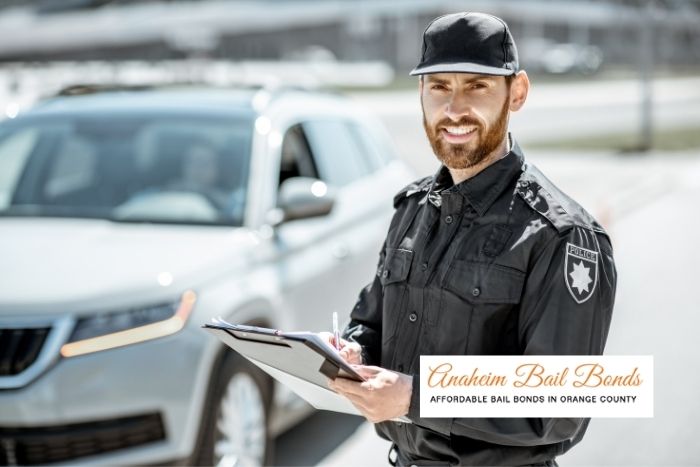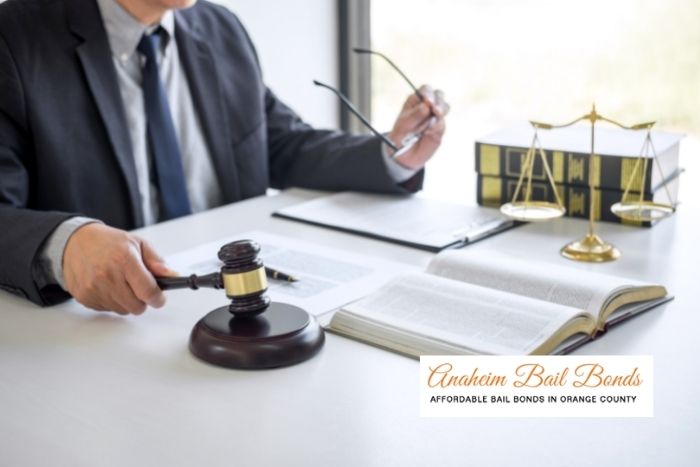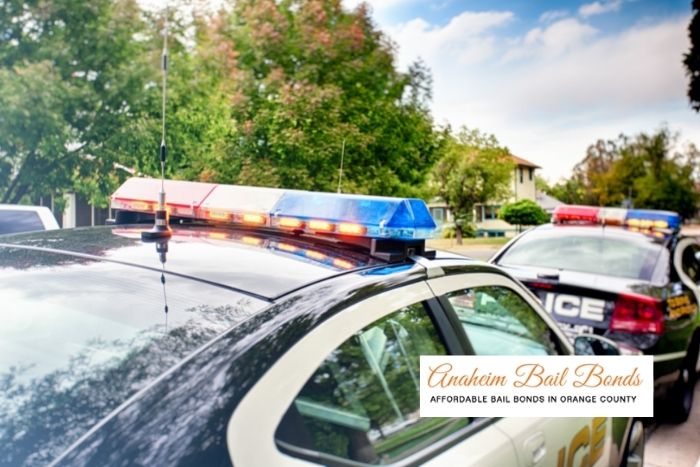California’s Search and Seizure Laws
California lawmakers believe that the common citizen should be as protected from the police as possible. The creation of search and seizure laws is one of the steps lawmakers have taken to make sure that your Fourth Amendment rights are protected. Not only are the...












